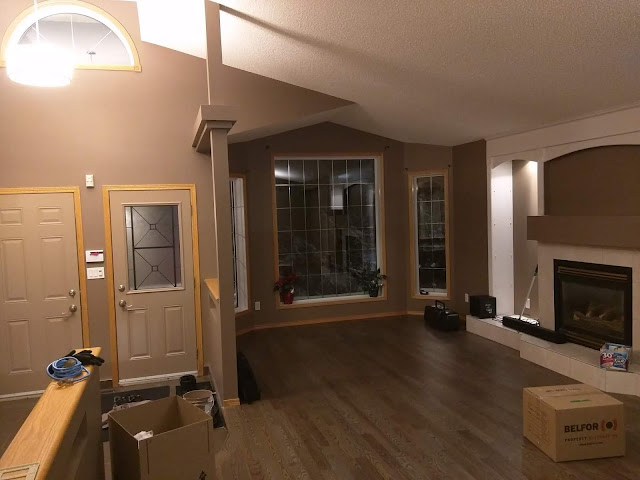
Residential painting services encompass a wide range of projects aimed at beautifying and maintaining the interiors and exteriors of homes, apartments, condominiums, and other residential properties. Whether it's adding a fresh coat of paint to breathe new life into a living room or protecting the exterior surfaces from the elements, residential painting plays a crucial role in enhancing the comfort, aesthetics, and value of homes. Let's delve deeper into the realm of residential painting:
Definition and Significance: Residential painting involves the application of paint and protective coatings to surfaces within and around residential properties. This includes interior walls, ceilings, trim, doors, and cabinets, as well as exterior walls, siding, decks, fences, and other outdoor structures. Beyond simply enhancing the visual appeal of a home, residential painting serves as a form of maintenance, protecting surfaces from moisture, UV rays, mold, mildew, and other environmental factors that can degrade the integrity of the structure over time.
Factors Influencing Residential Painting Decisions: When it comes to residential painting, homeowners are faced with a myriad of decisions, from choosing the right colors and finishes to selecting appropriate materials and techniques. Factors such as personal style preferences, architectural features, existing décor, natural light, and the overall ambiance of the space all play a role in determining the most suitable painting approach. Whether aiming for a cozy, warm atmosphere in the living room or a serene, spa-like retreat in the bathroom, the right choice of paint colors and finishes can transform the mood and character of each room.
Common Residential Painting Projects: Residential painting projects can vary widely in scope and complexity, ranging from simple touch-ups and accent walls to full-scale interior and exterior repaints. Some common residential painting projects include:
Interior painting of walls, ceilings, trim, doors, and cabinets
Exterior painting of siding, stucco, brick, wood, and metal surfaces
Deck staining and sealing to protect against moisture and UV damage
Fence painting or staining to enhance curb appeal and longevity
Specialty finishes such as faux painting, texture coating, and decorative techniques
Each project comes with its own set of challenges and considerations, requiring careful planning and execution to achieve the desired results.
Importance of Preparation and Surface Treatment: The key to a successful residential painting project lies in thorough preparation and surface treatment. This includes cleaning, sanding, priming, patching, caulking, and addressing any existing damage or imperfections before applying paint. Proper preparation ensures better adhesion, durability, and uniformity of the paint finish, resulting in a professional-looking outcome that lasts for years to come.
Advantages of Hiring Professional Residential Painters: While DIY painting may seem like a cost-effective option, there are several advantages to hiring professional residential painters. Professional painters bring expertise, efficiency, and attention to detail to every project, ensuring superior results with minimal hassle. They also have access to premium-quality paints, tools, and equipment, as well as the knowledge of the latest trends and techniques in the industry. Moreover, professional painters adhere to strict safety standards and regulations, minimizing risks and ensuring a safe working environment for everyone involved.
In the next section, we'll compare and contrast commercial and residential painting services, highlighting the key differences and considerations for each.










No comments:
Post a Comment